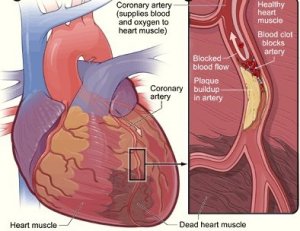| News / Science News |
Greenness around homes linked to lower mortality
NIH | APRIL 15, 2016
Women with the highest levels of vegetation, or greenness, near their homes had a 12 percent lower death rate compared to women with the lowest levels of vegetation near their homes.

Tropical garden in the Faculty of Science, National University of Singapore. ![]()
The researchers found the biggest differences in death rates from kidney disease, respiratory disease, and cancer. The researchers also explored how an environment with trees, shrubs, and plants might lower mortality rates. They showed that improved mental health and social engagement are the strongest factors, while increased physical activity and reduced air pollution also contribute.
The scientists consistently found lower mortality rates in women as levels of trees and plants increased around their homes. This trend was seen for separate causes of death, as well as when all causes were combined.
When researchers compared women in the areas with highest greenness to women in the lowest, they found a 41 percent lower death rate for kidney disease, 34 percent lower death rate for respiratory disease, and 13 percent lower death rate for cancer in the greenest areas.
The scientists also looked at characteristics that can otherwise contribute to mortality risk, such as age, race, ethnicity, smoking, and socioeconomic status. This enabled them to be more confident that vegetation plays a role in reduced mortality, rather than these factors.
YOU MAY ALSO LIKE


